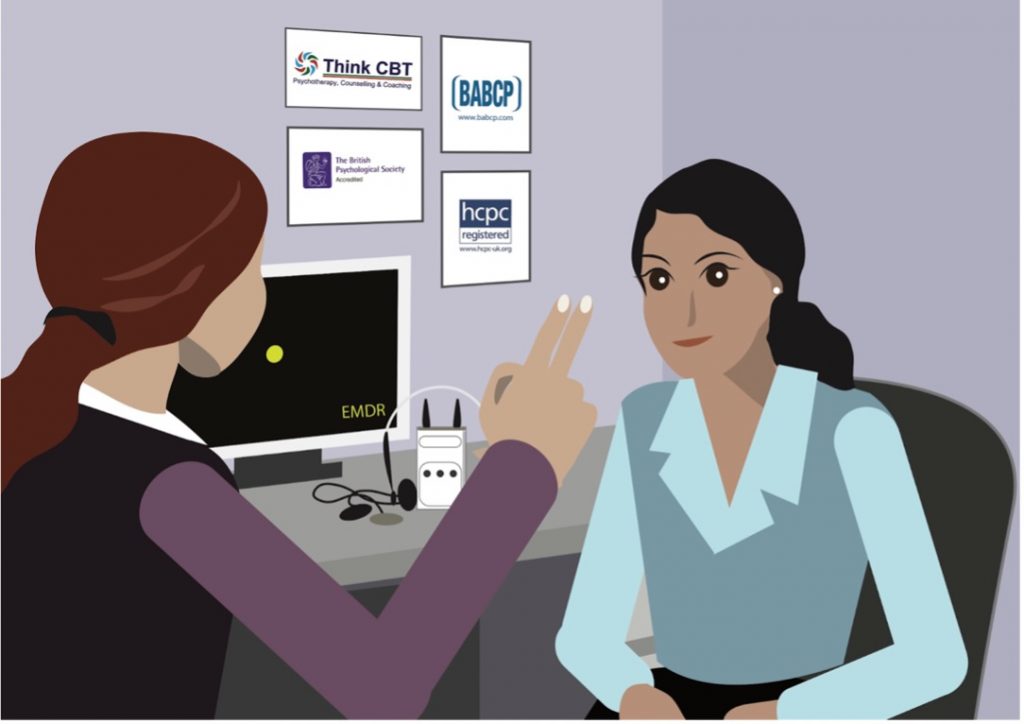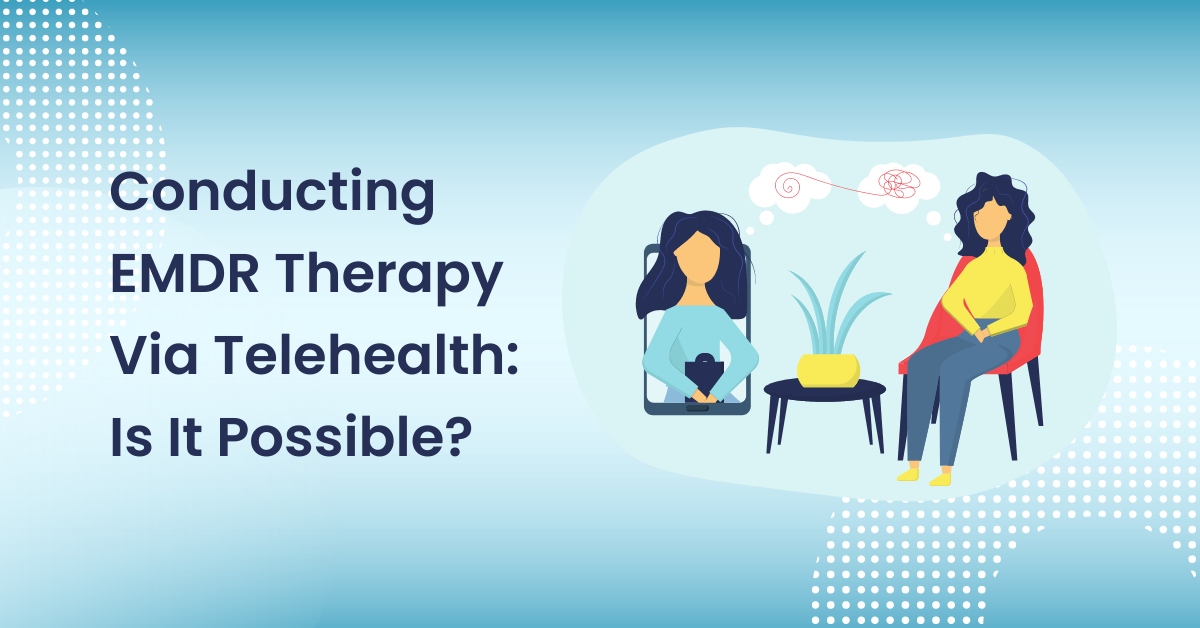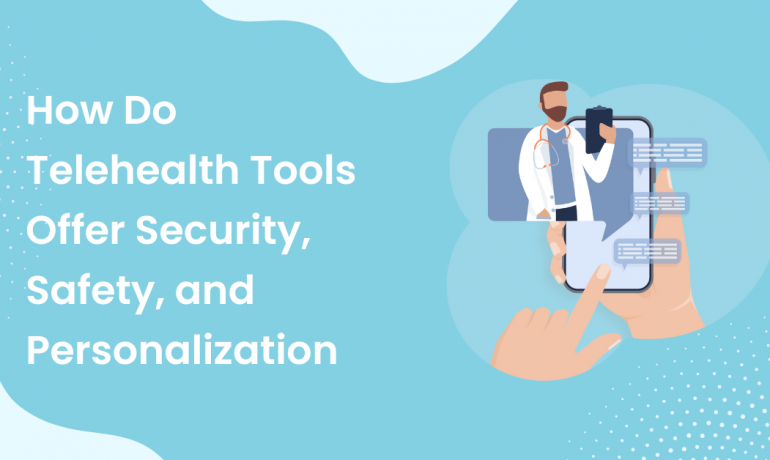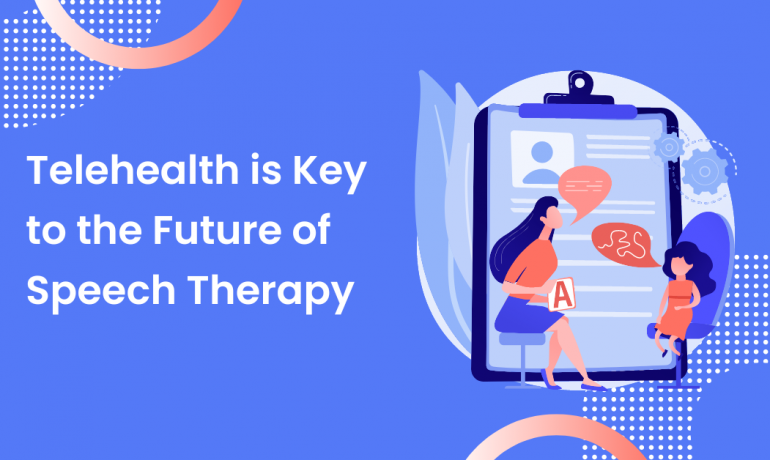In the age of COVID-19, we’ve all had to adapt to a strange new way of life. Attending a Zoom meeting instead of an in-person class? Working from home instead of heading to the office? Ordering groceries online instead of going to the store yourself? All of us can most certainly relate to this new normal.
And of course, let’s not forget the way the pandemic has changed the way we serve patients. Telehealth services now allow patients to meet with their doctors and therapists from home and receive medical advice without even needing to step outside.
But while telehealth services are certainly convenient and great for social distancing purposes, are they really the best way to receive EMDR (Eye Movement Desensitization and Reprocessing) therapy?
What is EMDR?
If you’re unfamiliar with what EMDR therapy is, it’s a type of therapy that is used on patients who have experienced trauma and similar mental health issues. It is beneficial for not only PTSD, but also anxiety, depression, and addiction. Directed eye movements are the main feature of this treatment and assist in emotional processing that is beneficial for improving a patient's mental health.
EMDR Virtual Therapy: How it works
Virtual EMDR therapy involves bilateral stimulation (BLS). Eye movement is an effective way to trigger BLS or activate both the left and right sides of the brain. In virtual EMDR, patients are asked to either visually or aurally track stimuli. In this way, EMDR therapy sessions are less about having patients talk through their feelings and more about processing trauma by activating different parts of the brain.


How Is EMDR Online Therapy Different From In-Person EMDR Therapy?
In in-person EMDR therapy, patients are asked to track the therapist’s hands or electronic devices as they move from left to right. However, these techniques must be adapted for virtual use. During virtual therapy, online software is a useful replacement for traditional techniques. Instead of a therapist’s hands or an electronic device, patients can concentrate on a moving light on the screen or listen to sounds provided by the software. The tapping of one’s knees is also a way to achieve BLS during a virtual EMDR therapy session.
Here is an informative video demonstration of a therapist conducting virtual EMDR.
Prince Harry’s Therapy of Choice

It turns out that Prince Harry uses EMDR in order to process past trauma. The shocking death of Princess Diana, Harry’s mother, still affects him to this day, making him feel anxiety whenever his plane lands in London. For Prince Harry, BLS is provided not through visual or aural stimuli, but through the tapping of his chest.
Does It Work?
Many concerns may come to one’s mind when faced with the prospect of administering virtual EMDR. After all, therapists may worry about factors outside of their control, such as the patient’s internet connection dropping or the patient being in a trauma-inducing environment at home instead of in the comfort of a therapist’s office. These are some of the concerns that mental health professionals may have. However, despite these worries, the consensus appears to be that conducting EMDR therapy through telehealth is effective.
As you can imagine, the processing of traumatic emotions can often lead to trauma responses, which are best dealt with in person by a mental health professional. This leads some to wonder whether conducting EMDR through a screen, where the patient is at home and not in the physical presence of a therapist, can lead to trouble. What happens if the patient experiences a trauma response at home during a therapy session? A solution is for the therapist to have the client’s emergency contact information so that first responders can intervene in the event of something like this happening.
Or what if the patient’s screen isn’t wide enough for directed eye movements to be successfully administered? Directed eye movement involves visually tracking the therapist’s fingers as they move back and forth, which is tough to do virtually. However, there are also solutions to this problem. For example, with the invention of software like REMDR and Easy EMDR, receiving EMDR virtually is easier than ever. While being in person is ideal, there are still ways to mitigate the potential downsides of going virtual with EMDR therapy.
There is also some data to indicate that virtual EMDR therapy is just as effective as in-person EMDR. According to a 2021 study conducted with EMDR therapists and their patients, patients receiving virtual EMDR still benefited from the treatment and experienced a reduction in distress that was comparable to the reduction in distress experienced by patients who participated in in-person EMDR studies. While there is currently little research on the outcomes of virtual EMDR, the evidence that we do have for now is promising.
As you can see, there are ways to adapt to EMDR being virtual. Conducting EMDR through telehealth services is not a hindrance, due to the helpful software available out there to replace in-person EMDR.





